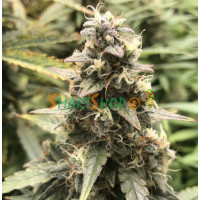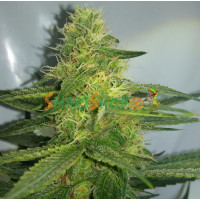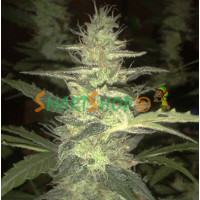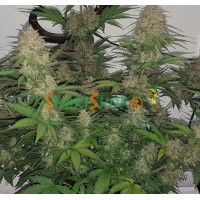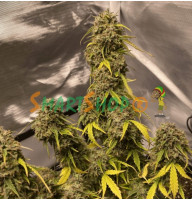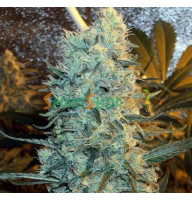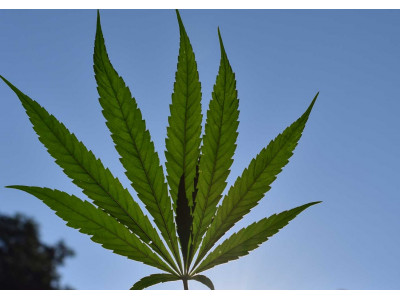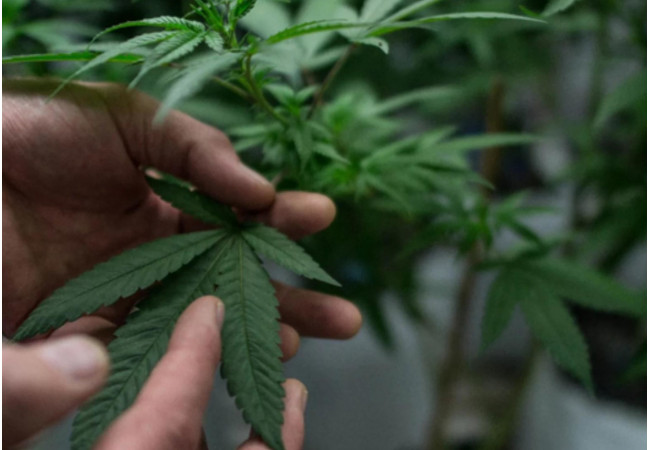
Marijuana synthesizes a huge variety of organic compounds. The largest group is phytocannabinoyls, which are characterized by different pharmacological effects. At the same time, in addition to the above compounds, phenolic compounds in hemp, presented in the form of flavonoids and terpenes, are also of particular interest. The former are natural plant compounds responsible for taste, color and potential health benefits. In this article, we will pay special attention to flavonoids, their role in cannabis and how they affect humans.
What are hemp flavonoids and what is their role
Flavonoids are a fairly large family of polyphenolic substances that are found in a variety of drinks and plant foods. The color saturation of vegetables and fruits depends on them. In addition, they are responsible for the protective function, which helps protect the plant from various stresses.
In cannabis, flavonoids act in combination with cannabinoids and terpenes, thereby creating the plant's unique profile. It is flavionoids that are responsible for the taste, color and aroma of the plant. They also have potential therapeutic effects.
What flavonoids are most often found in hemp
If we consider the question of where flavonoids are found, then the substances presented can be found in a variety of vegetables and fruits. In particular, these compounds are found in high concentrations in cannabis. Some of them are unique, others are quite popular among other plants. The most common flavonoids in marijuana include:
- Apigenin. This flavonoid is also found in chamomile and other plants. Its main effect is that it relieves anxiety, acts as an antioxidant and suppresses inflammatory processes.
- Quercetin. It can be found in a variety of vegetables and fruits. It has antiviral, antioxidant and anti-inflammatory effects in humans.
- Cannaflavin A and B. These are quite specific compounds for marijuana. Scientists have proven that these flavinoids have an anti-inflammatory effect.
It is worth noting that hemp flavonoids are among the least studied compounds of the plant presented. The pigmentation of cannabis depends on them: flowers can be from dark green to dark purple. Also, the presented substances closely interact with cannabinoids, providing a strong therapeutic effect on humans. The marijuana plant contains about 20 different flavonoids, and each specific plant has them unique. These compounds are enriched with antioxidants, so they are able to influence cell activity, effectively removing toxins from the body.
Benefits of flavonoids for human health and potential risks
During studies of flavonoids, scientists have proven that they have a lot of positive effects on the human body:
- antioxidant effect – the presented compounds are able to fight oxidative processes in the human body;
- neuroprotective – flavonoids protect brain neurons from damage by various external factors (free radicals, calcium ions, etc.), minimize the toxic effects of psychotropic substances;
- anti-inflammatory - some compounds can help reduce inflammation and relieve pain.
Along with the positive effects of flavonoids, it is also worth studying potential adverse reactions. Most often, these substances are considered safe, but at the same time, some people with hypersensitivity may experience side effects in the form of allergic reactions or gastrointestinal disorders. It is worth noting that similar symptoms were noticed in a small number of people. Therefore, flavonoids can be considered safe compounds for the human body.
What is the difference between flavonoids and terpenes
Terpenes have similar properties to flavonoids in that they also affect the aroma and taste of cannabis. At the same time, the main difference between flavonoids and terpenes in cannabis is that there are much more of the latter in the plant. Marijuana is made up of more than 100 different terpenes, with each type of plant having its own unique compounds.
Terpenes have a significant effect on the production of dopamine and serotonin in the body. For this reason, some varieties of cannabis lead to relaxation, while others, on the contrary, stimulate the nervous system. In general, terpenes and flavonoids have a beneficial effect on the human body and can even have a therapeutic effect.
*The material is provided for scientific informational purposes and does not encourage self-medication.

